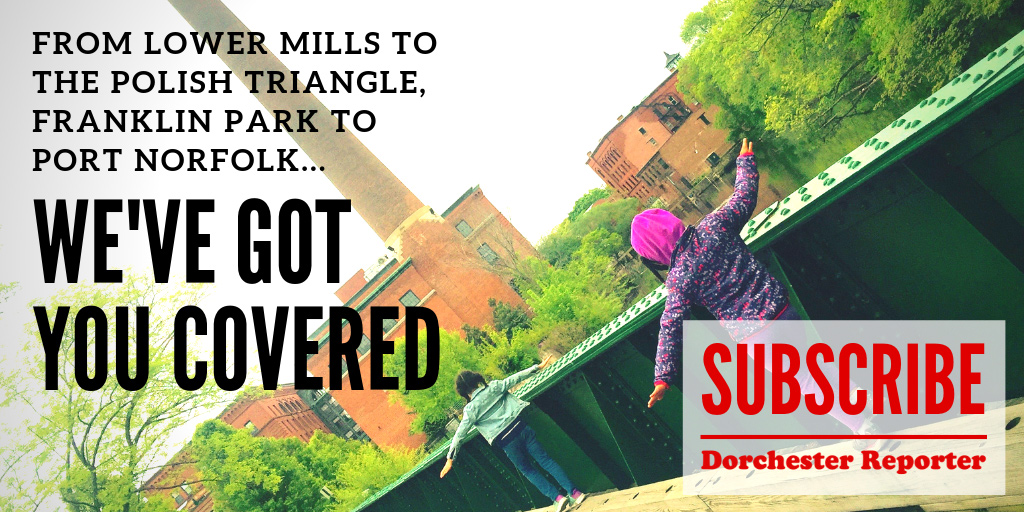July 14, 2023
If you build it, they will come. May numbers for the Fairmount Line show a record surge in ridership, bringing usage to 130 percent of the pre-Covid record numbers.
In a transit system that has struggled to even get back to pre-pandemic ridership, this record-setting month shows that recent improvements to the Fairmount Line are paying off. It also shows that there is significant unmet demand, and that further investments in the Fairmount Line may prove even more transformative.
The Fairmount Line’s success is the result of decades of advocacy. Advocates first pushed the MBTA to increase access by building infill stations in communities the trains previously whizzed past without stopping. Then communities pressed for accountability when service was unfairly reduced to backfill other commuter rail lines when they had reliability trouble. Now advocates are calling for accessible fares that reflect the subway-like geography of the line and for increased service to meet surging demand.
Meaningful steps have been taken on both fares and service. CharlieCard readers are now in use at stations, allowing riders to transfer to and from the MBTA’s rapid transit and local bus network, dramatically improving the attractiveness of the service. Frequency has also been boosted from hourly service to a train every 45 minutes — a move made permanent after a very successful pilot. Frequency is all the more important in an environment of surging ridership on the Fairmount line, continuing slow zones on the Red Line, and a return to Covid-era traffic and bus delays. The MBTA and Keolis, the Fairmount line’s operator, deserve real praise for what they’ve achieved thus far.
Still, more work needs to be done. Residents in Hyde Park still have to pay nearly three times the fare that someone commuting in from the Fairmount Station would pay, pushing many onto slow and transfer-heavy bus-to-subway rides. And trains every 45 minutes, while a significant improvement, are still not enough to provide the rapid transit service that riders have too long been denied.
Realizing world-class service on the Fairmount Line requires two transformative yet feasible additional investments: electrification and high-level platforms. Together, these investments would cut travel time while making service more accessible and reliable. Electrification—installing overhead wire and purchasing modern, fast-accelerating electric multiple unit (EMU) trains—boosts reliability, allows trains to accelerate faster, and cuts diesel emissions along the line. High-level platforms remove barriers to accessibility for those with mobility devices, make the system more usable for families with children, and cut time spent in each station by as much as two minutes by making boarding easier, safer, and faster. Electrification and high-level platforms would save a commuter coming in from the Fairmount Station 10 minutes, changing a 25-minute commute to South Station to a 15-minute jaunt.
In the meantime, the T and its partners can continue the admirable progress they’ve already made. Even without changes to the physical infrastructure, the T can continue to increase frequency on the line. Service frequency that is on par with that of the subway system should be the end goal, and steps toward this needn’t wait for electrification. Innovative operational practices like drop-back crews, where a new team of conductors and engineers is ready to board the train as it pulls into the terminal, can also help increase frequency.
The T should also run trains later at night. Currently, the last inbound trip from Readville is at 10:15 p.m., and the last outbound trip from South Station is at 11 p.m., while subway and bus lines generally run past midnight. Increasing late-night service will help make the Fairmount Line a more attractive offering, particularly to those with nonstandard schedules, including essential service workers and students.
Lastly, the T should extend Zone 1A service to the whole line, as it just did to the entirety of the Newburyport/Rockport Line as mitigation for tunnel construction. With these changes implemented, the Fairmount Line can progressively improve even before full electrification.
The Fairmount Line is well-positioned to provide rapid, reliable, and clean transportation for thousands of people. Many years of work by advocates and the MBTA have gone into achieving the Fairmount line’s current success, with ridership at an all-time high. Further improvements like electrification and greater accessibility and affordability will help the Fairmount Line truly meet the needs of the communities it serves.
Jarred Johnson is the chief operating officer for Transit Matters, a group that advocates for better public transportation and mobility that provides access and opportunities for everyone across the Commonwealth. TransitMatters is a member of the Fairmount Indigo Transit Coalition. See more at transitmatters.org


